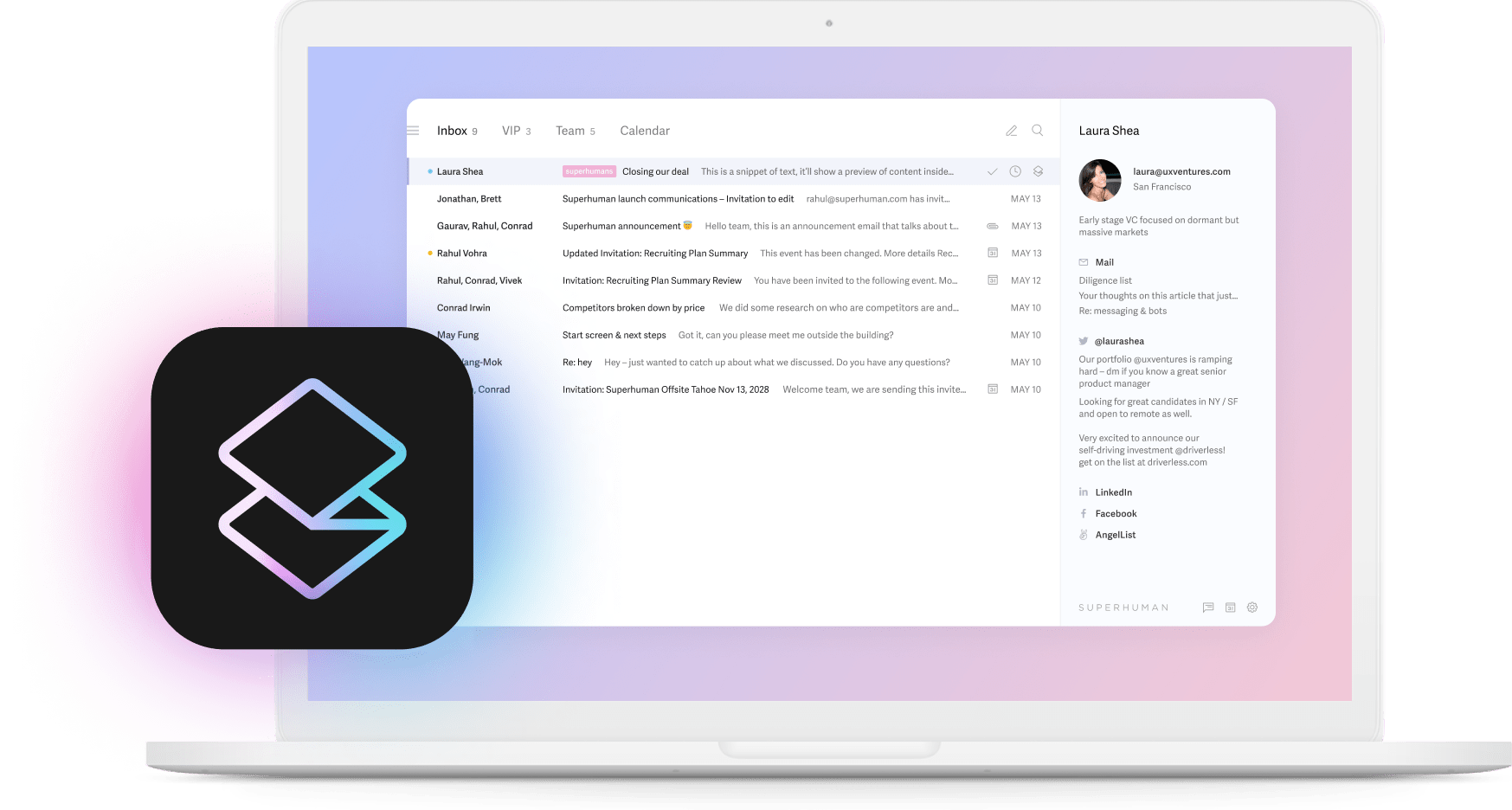
You're sitting in a Zoom call with six people. Someone's sharing their screen to show a two-bullet PowerPoint. The whole thing could have been a Slack message. Everyone knows it. No one says it.
Sound familiar? You're not alone. Meetings have tripled since 2020, while unproductive meetings cost U.S. businesses approximately $399 billion each year. Here's the kicker: only 30% of meetings actually accomplish anything useful.
We've turned meetings into the default answer for everything. Need to share an update? Schedule a meeting. Want to make a decision? Let's have a quick sync. Feeling disconnected from the team? More face time will fix it.
The following 15 meeting productivity statistics show just how deep this rabbit hole goes, and why most of what we're calling "collaboration" should just be well-written emails.
The effect of meetings on our calendars
Remote work didn't just change where we work. It broke how we talk to each other.
- Employees spend 11.3 hours per week in meetings — nearly a third of their entire workweek
- Remote workers attend 50% more meetings than office workers
- 46% of professionals sit through three or more meetings every single day
- Employees attend 10.1 virtual meetings each week on average
We're compensating for less hallway chatter with scheduled video calls. The result? Distributed teams that were supposed to have more flexibility now have less control over their time than ever.
When nearly half of all professionals spend three hours a day in meetings, when do they actually get work done? The answer is they don't, at least not during business hours. Real work happens in the margins, before 9am and after 6pm, while the day gets consumed by talking about the work.
Try SuperhumanHow much do meetings cost?
Meeting overload isn't a productivity problem. Well, it is, but that's not the scary part. The scary part is what it's costing.
- Meeting time costs $29,000 per employee per year on average
- The workforce wastes 24 billion hours per year on unproductive meetings
- Unproductive meetings cost U.S. businesses approximately $399 billion each year
- 71% of senior leaders say meetings are unproductive and inefficient
Think about that last one. The people running companies recognize most meetings aren't delivering value, yet they keep happening. Why? Because declining a meeting feels antisocial. Skipping a standup seems lazy. Questioning whether we really need to "circle back" sounds difficult.
For fast-growing companies, this gets expensive quickly. When your executive team spends most of their time in conference rooms instead of thinking strategically, you're not just burning salary. You're missing opportunities while your competitors move faster.
Meeting format statistics
Most meetings follow the same tired playbook, regardless of what they're trying to accomplish.
- 45% of meetings are exactly 30 minutes long — the calendar default, not the time actually needed
- 50% of meetings start late by 75 seconds on average
- Only 30% of meetings actually accomplish their goal
We're optimizing for calendar tetris, not outcomes. Half-hour blocks exist because that's what Outlook suggests, not because most topics need exactly 30 minutes. Complex decisions get rushed to fit the window. Simple updates get stretched to fill the time. Neither works.
Late starts create a domino effect. When meetings run over, they push back everything else, turning one delayed call into a day of compressed schedules and frustrated people rushing between video windows.
When 7 out of 10 meetings fail to deliver value, we're not dealing with an execution problem. We're dealing with a format problem. Most of what we're meeting about doesn't actually need a meeting.
Virtual meetings statistics
Going remote was supposed to make us more efficient. Instead, it multiplied our meeting problem.
- Only 14% of meetings happen fully in person anymore
- 77% of organizations use video conferencing, and 65% plan to use it even more
- 65% of employees find video calls more exhausting than face-to-face meetings
Video calls require more mental energy than in-person conversations. You're processing delayed audio, reading micro-expressions through compression artifacts, and managing the cognitive load of seeing yourself on screen. Meanwhile, your brain is working overtime to interpret social cues that would be automatic in person.
The fatigue is real, but we keep scheduling more calls anyway. We've replaced the spontaneous conversations that happened naturally in offices with scheduled video sessions, trading serendipity for calendar coordination.
Virtual meetings aren't inherently bad. But when they become the default for every type of communication, teams burn out trying to recreate in-person dynamics through a screen.
"That should've been an email": how Superhuman can help
Ever been in a meeting and thought "this should've been an email"? You're onto something.
Most meeting topics fall into predictable categories: status updates, quick decisions, information sharing, and follow-ups. Email handles all of these better than video calls, but only if you can write clearly and respond quickly.
Superhuman AI turns scattered thoughts into clear, professional emails that match your voice. Instead of scheduling alignment meetings, you send updates that people can read and respond to on their own time.
Split Inbox surfaces urgent messages from teammates and executives automatically. No more status meetings to make sure nothing fell through the cracks.
Shared Conversations let teams make decisions directly in email threads. Instead of scheduling syncs to hash things out, teams collaborate asynchronously and reach consensus faster.
Real-Time Read Statuses show when emails are read, giving you the confirmation that usually requires a follow-up call.
The pattern is clear across all these features: replace scheduled interruptions with smart, asynchronous communication. Teams save time, make faster decisions, and focus on work instead of talking about work.
Meeting overload isn't inevitable. But before you schedule another "quick sync" to discuss solutions, maybe send a well-crafted email instead.





